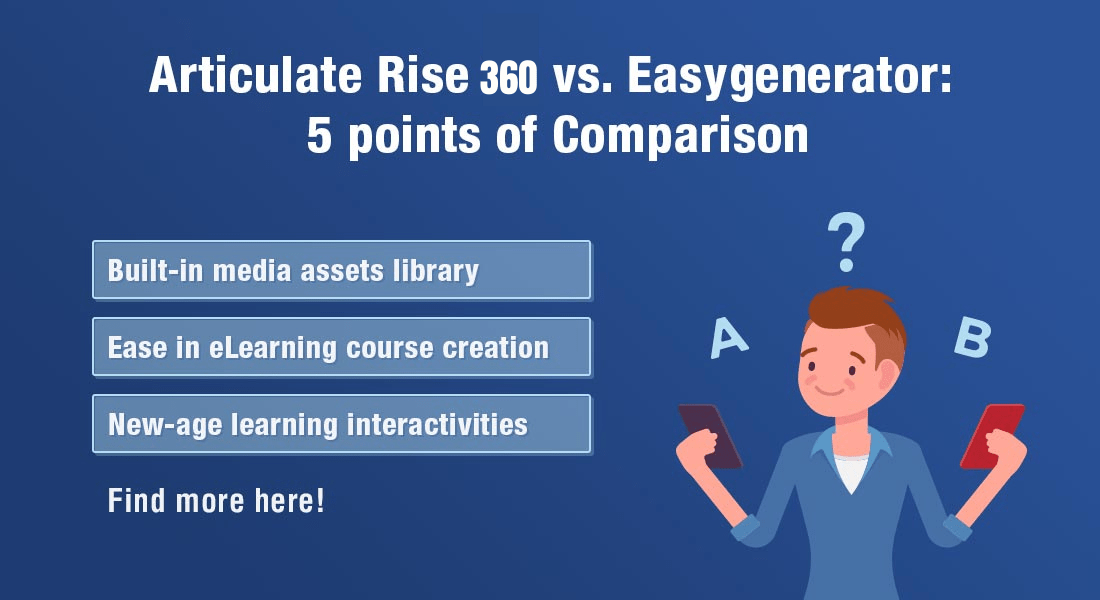Articulate Rise for Creating Interactive eLearning

With the Internet being an infinite supplier of content, how do you think you can make your eLearning courses stand out? Apart from merely disseminating information, eLearning courses have to be engaging. Using interactivities in eLearning can be one way to engage learners. ELearning interactivities give learners opportunities to interact with the content, either by thinking or doing. They help learners connect, understand, retain, and recall information better.
Articulate Rise Features to Develop Interactive eLearning
- Text blocks
- Statement blocks
- List blocks
- Image blocks
- Gallery blocks
- Knowledge checks
- Interactive blocks
- Multimedia blocks
What if you aren’t looking for too complex or customized interactivities which can cost a lot? For instance, courses which offer knowledge refreshment or communicate basic concepts. If so, here are levels 1 and 2 of eLearning interactivities at your disposal. Thinking levels 1 and 2 are often ‘boring’? Not anymore! Here’s the rapid authoring app – Articulate Rise – that enables the development of engaging Level 1 and 2 interactive eLearning courses.
Level 1 refers to ‘click-next’ courses which have static graphics, images, and simple multiple-choice questions. Level 2 interactive courses have ‘click-and-reveal’ interactions and assessments such as drag-and-drop, sequencing, and matching exercises.
Reasons to Choose Articulate Rise for Level 1 and 2 Interactive eLearning
Articulate Rise is a web-based authoring app that can be accessed through Articulate 360 subscription. Rise comes with inbuilt blocks (similar to templates) such as interactive, text, image, multimedia, and knowledge checks that enable the one-time development of beautiful interactive eLearning that is fully responsive.
Course developers can develop and edit a Rise course simultaneously or take turns fine-tuning the same. Rise courses can be published to Review 360 to gather in-context feedback. Needless to say, Rise is the app to go for if you are looking for the rapid development of interactive courses that can be accessed across platforms and devices. Without any delay, let’s find out the features Rise offers for levels 1 and 2 interactive eLearning.
Features of Articulate Rise for Level 1 Interactive eLearning
Level 1 is the basic level of eLearning interactivity. All that learners have to do is sit back, watch, or read the information, and navigate back and forth in the course. They have minimal control over their learning environment and interactions with the course are passive.
Level 1 can be opted when you have to refresh policies or make learners understand simple concepts or ideas. Though level 1 might seem like a PowerPoint presentation, here:
- Content is chunked and organized
- Text is assisted by simple graphics, images
- Basic assessments are used
- Links to videos can be included
So, here’s how Rise can help in taking this level of interactivity a notch higher.
Text Blocks
Text blocks in Articulate Rise provide you the option of displaying text in a well-organized manner. Instead of putting a lot of text on a single screen, you can opt from block types such as Two column, Paragraph, Paragraph with heading, Paragraph with heading and subheading.
Evidently, this enables effective content chunking which reduces information overload for learners and keeps them engaged. For instance, the introduction of a policy can be presented using Paragraph with heading while, Paragraph with subheading can be used for describing its various aspects.
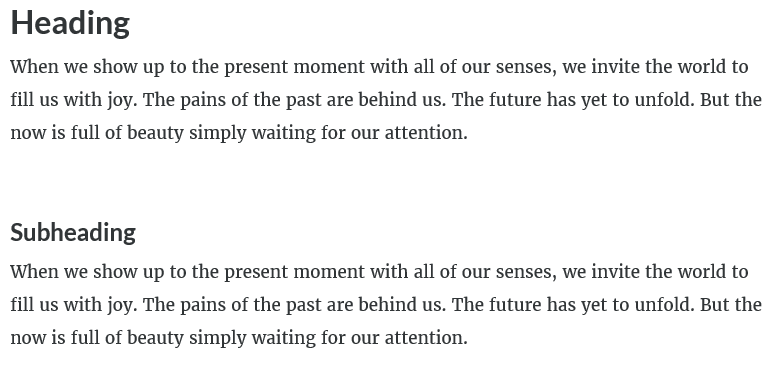
Statement Blocks
Statement blocks can come in handy when you want important information to standout. For instance, to highlight the terms and conditions regarding mobile usage during workhours in an employee code of conduct refresher training. You can choose from the four Statement blocks to ensure crucial information is highlighted.
Moreover, you can use the Quote block to highlight a message from the CEO to show the relevance of a policy in an eLearning module. The quote can be accompanied by a small picture icon of the CEO.

List Blocks
List blocks contain Numbered Lists, Checkbox Lists, and Bulleted Lists. Using them enables the presentation of terms and concepts in sequence, avoiding blocks of text. Learners can quickly and easily scan through the points for information. It also allows easy assimilation of information and boosts retention.

Image Blocks
Beyond text blocks, here are Image blocks to provide some necessary visual respite for your learners. You can make relevant images pop out using the stunning Image blocks such as Image centered, Image full width, Image and Text, and Text on Image.

Gallery Blocks
While Image blocks allow a single image on a slide, Gallery blocks provide the option of using multiple images. Now, multiple pictures can be showcased using Carousel, Two column grid, and Three or Four column grids.


Knowledge Check Questions
These single-select knowledge check questions allow learners to check their knowledge acquisition, right after each learning point. Moreover, appropriate feedback after each question reinforces correct learning.
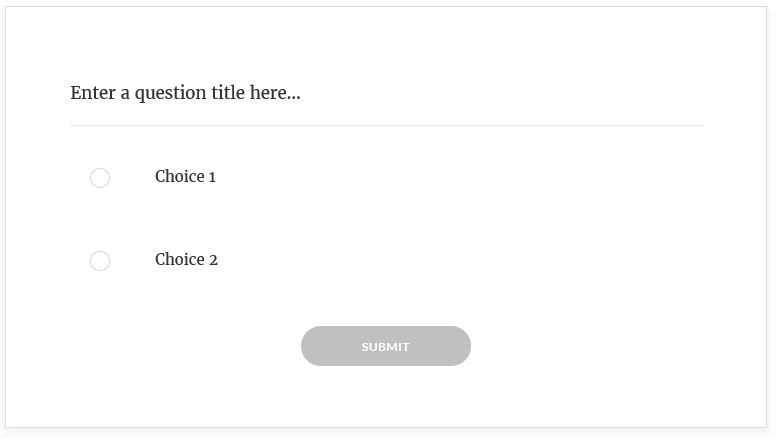
So, this was all about Level 1. The important things to ensure here are keeping modules short and allowing free navigation. Learners should be able to access the information they want and stay as long as they want, negating the scope for boredom and disengagement. Moving on, let’s find out what Level 2 interactivity in eLearning entails and what Rise has to offer.
Features of Articulate Rise for Level 2 Interactive eLearning
Level 2 of eLearning interactivity provides more control to learners than just watching, reading, or linearly navigating through the course. You will find:
- Increased usage of animation, graphics (images, icons, infographics, charts etc.)
- Interactivities such as click-to-reveal
- Reinforcement exercises
Additionally, this level can also employ audio narration and videos for introduction or product demonstrations for better understanding. The navigation expands to glossaries, and exercises such as quizzes are included. Learners have to understand and demonstrate their acquired knowledge since the objective of this level is effective on-job application.
Interactive Blocks
Articulate Rise provides a range of interactive blocks that can be chosen appropriately depending on the content type. Let’s see what these are!
Accordion: Accordion interactivity is the best method to go for if you want your learners to explore and learn related concepts. Lengthy text blocks can be chunked and grouped under different headings. Leaners can click the relevant heading for the information to be revealed. For instance, accordion interactivity can be used to explore the various functions of a governing body in an organization.
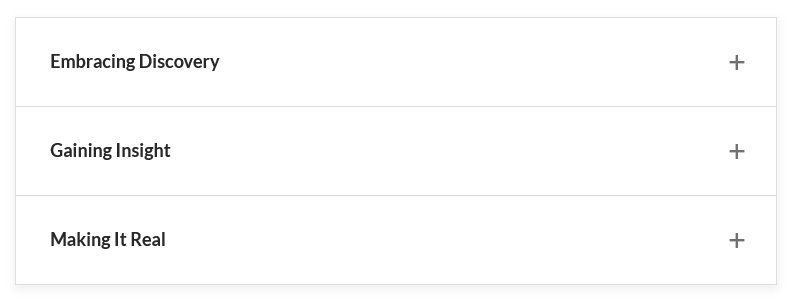
Tabs: Quite similar to the accordion, learners have to click on different tabs to learn about related concepts. You can have multiple tabs on a single screen if you want to cover huge chunks of information. For instance, exploring the different policies your organization offers to employees. Although the information is related, it need not be in a sequence.
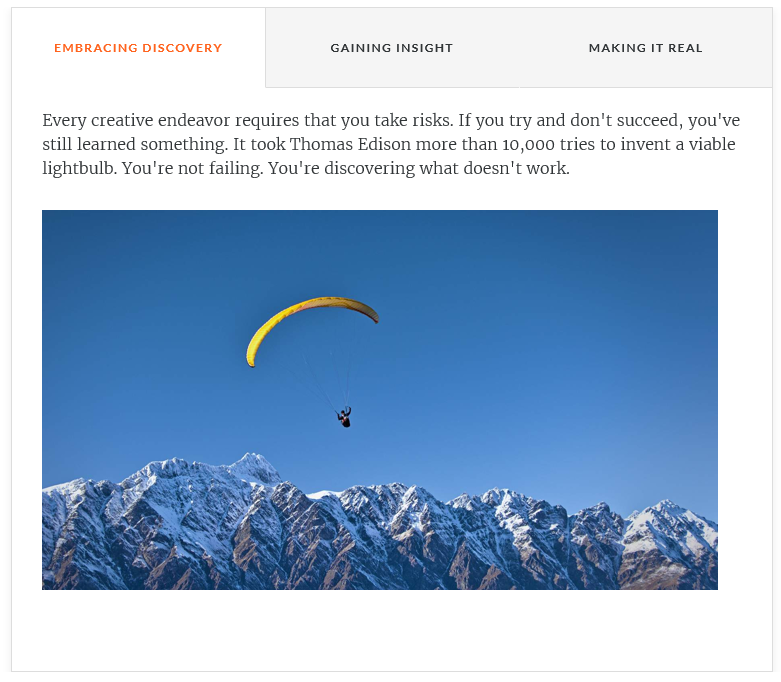
Labeled Graphics: One of the most effective interactivities that Rise offers is Labeled graphics. Learners have to click on different markers on a graphic to know specific information. Labeled graphics are similar to hotspots. For instance, markers can be added to a graphic of equipment for learners to explore the description of each.

Buttons: Using buttons in a Rise course allows learners to access external information through links, move to another section in the course, or even send mails. For instance, for employees who want to know in-depth about a specific topic, buttons can have links that take them to external resources.

Multimedia Blocks
Level 2 interactivity in eLearning makes use of audio as well as video clips. You can add relevant multimedia block types according to the medium you want to embed. For instance, you can include videos in an eLearning such as product demos using the Video block. Similarly, audio can also be embedded. You can also attach PDFs to encourage further reading by choosing the Attachment block.
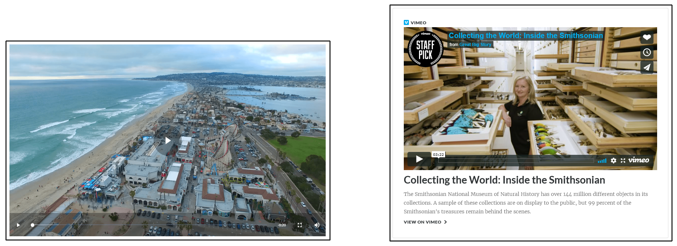
Knowledge Checks
Moving on to interactivities for assessments, Rise has quite a few built-in assessment templates that don’t require additional designing. Let’s find out what these are.
- Knowledge Check Questions: Apart from using single-select assessment questions, you can opt from Multiple-select, Multiple Responses, Matching and Fill in the blanks.
- Sorting Activity: This drag and drop interactivity engages and provides immediate feedback to learners when they sort the items provided on the slide. For instance, a sorting activity can be used to assess new hires on the different roles and responsibilities of the units in an organization.
And this is not it! Rise also allows you to embed assessments that are created in Articulate Storyline. What more can you ask for!
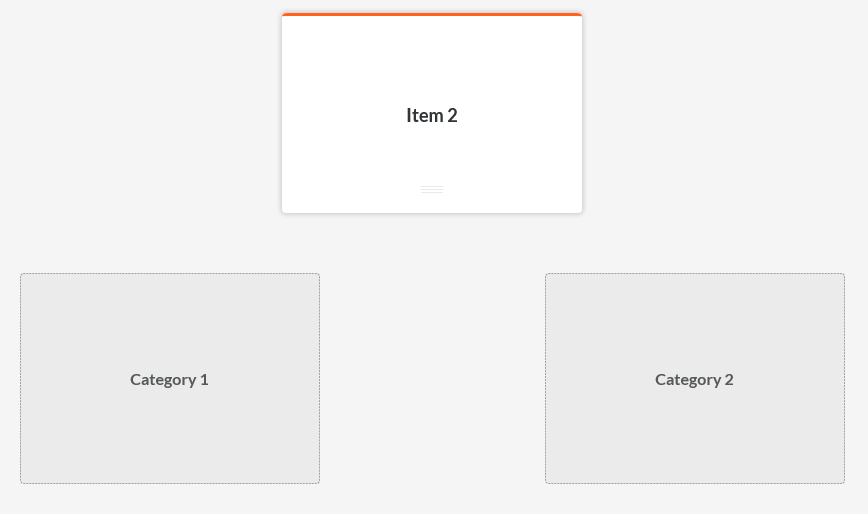
To sum it up, the most important reason one should go for Articulate Rise is its ease of incorporating interactivities without the need of any programming skills. Needless to say, built-in templates make it easy and quick to deliver interactive courses that your learners will love. But the hero here is the responsive nature of the eLearning authoring app which implies your courses will look just the same in all devices. Isn’t it a win-win situation?
In case you want to know more about responsive eLearning, here’s an eBook “The Why and How of Responsive eLearning” that is absolutely free to download. The book will provide you can overview of Responsive Course Design and when it is important.




